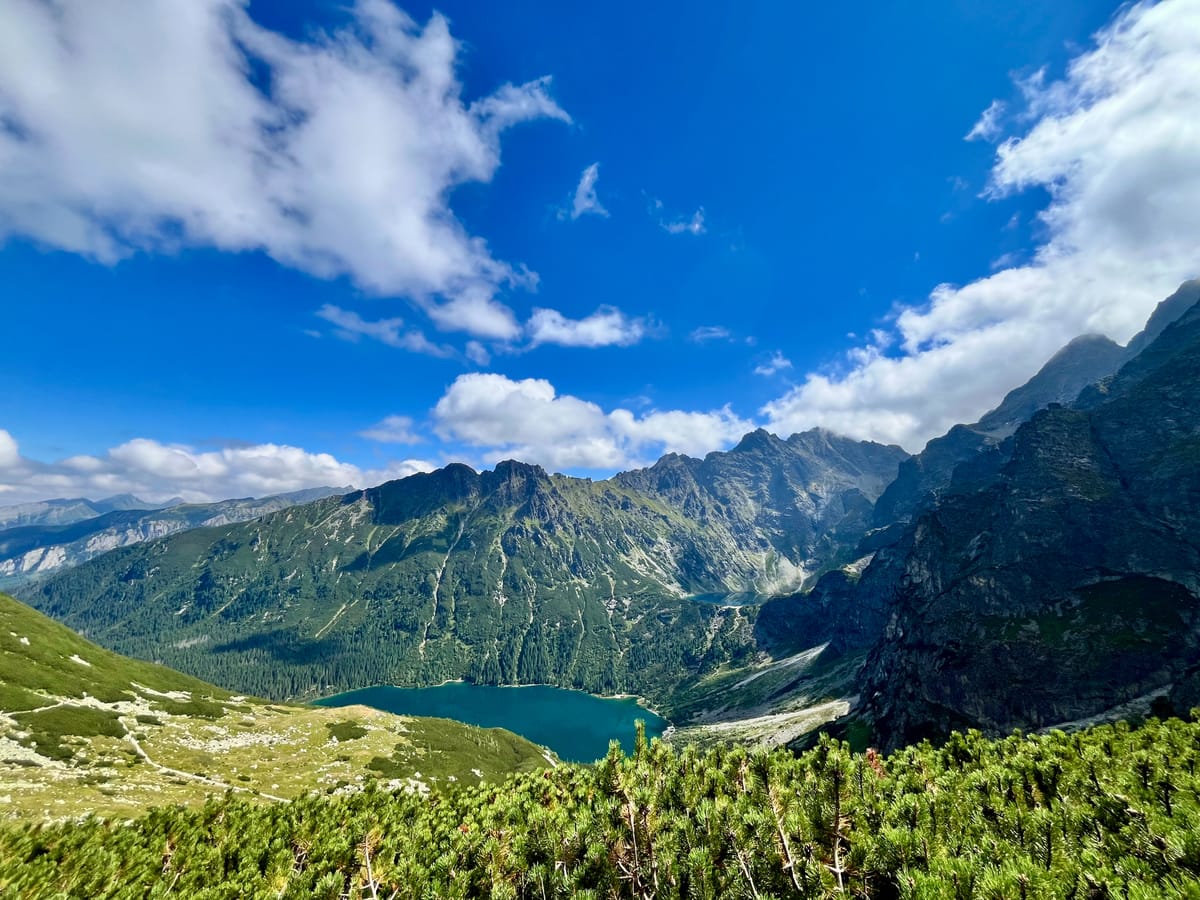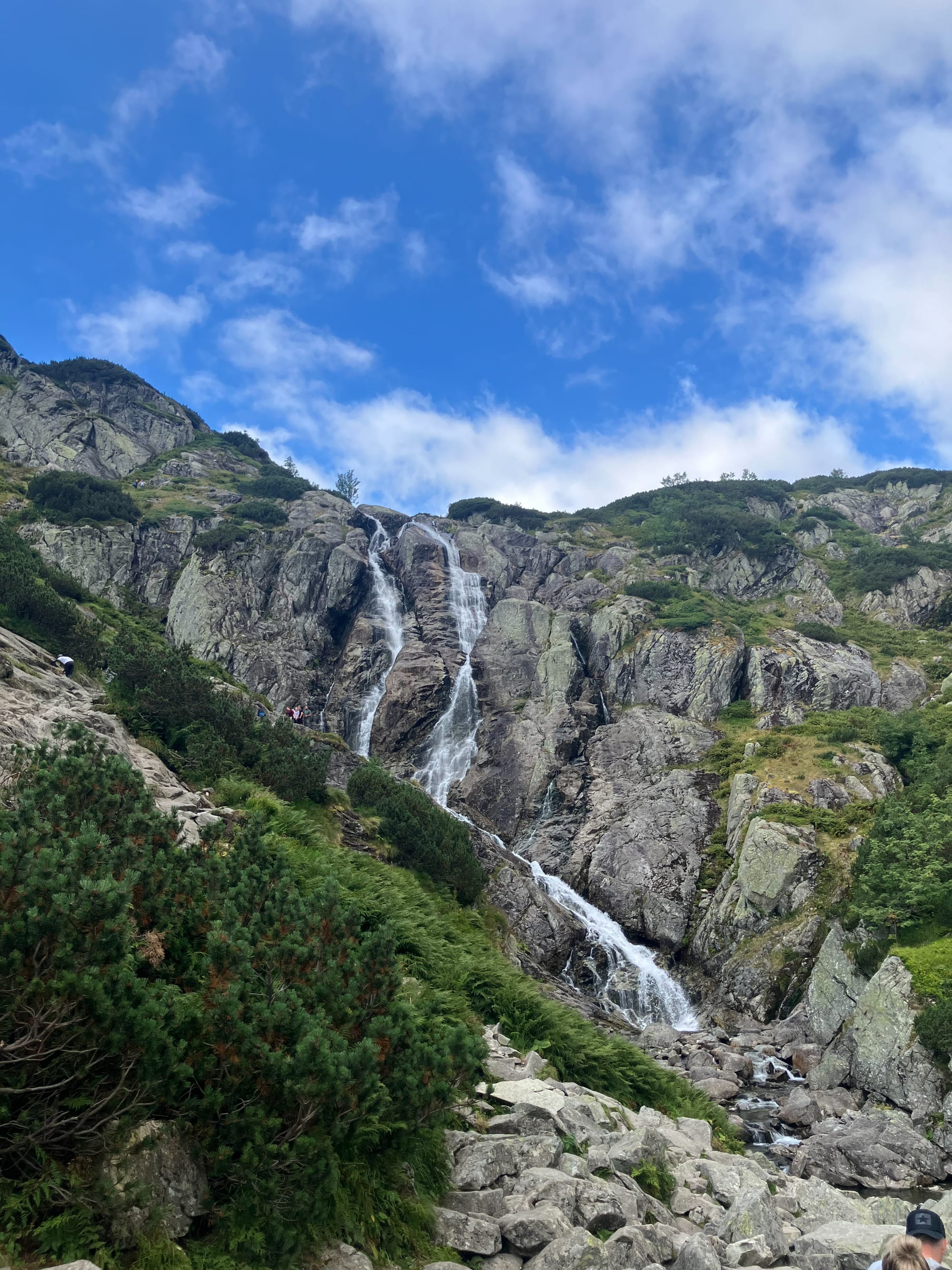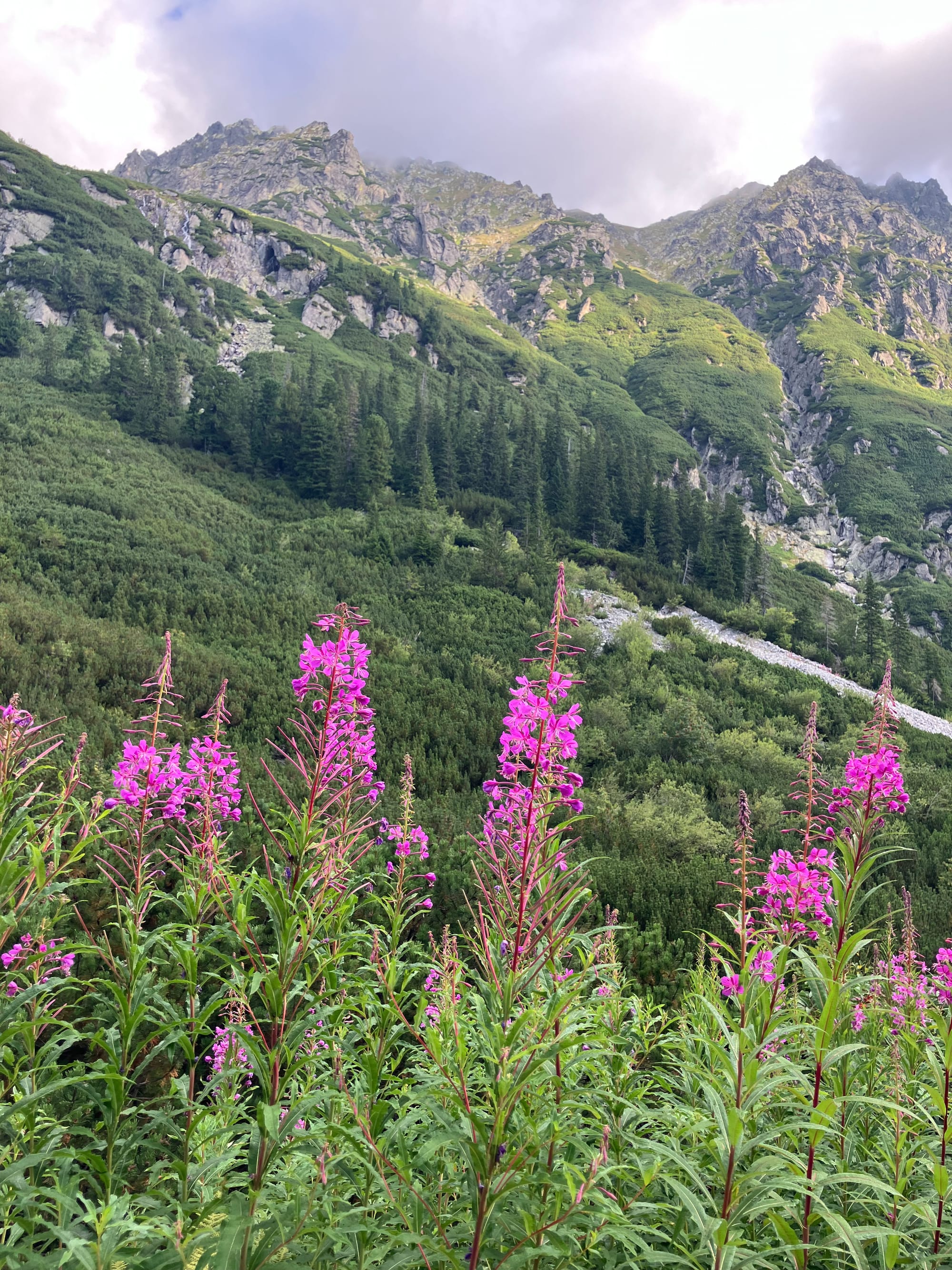Week 45-57 | Summary - Rest, Learn, Refocus
A pause in training let me recharge in the Tatra mountains, take the SSI Advanced Freediver Course, revisit DNF basics, and rebuild my routine with more safety, strength, and awareness.

Hey freedivers,
I’ve been a bit quiet over the past few weeks—and not without reason. The pool I usually train in was closed, and I also took some vacation time. But more importantly, I intentionally used this time as a chance to slow down, reflect, and shift gears in my training approach.




Polish Tatra mountain
Even when we move slowly, it’s easy to get caught up in the routine and overlook important details. That’s exactly why this pause gave me the space to stop, look back, and ask myself some key questions:
- Is everything aligned with my goals?
- Are there weak points I’ve been ignoring?
- Is my current training method still the right one?
Advanced Freediver Course – A New Foundation
This break coincided with me taking the SSI Advanced Freediver Course, which turned out to be perfectly timed. It helped me organize the knowledge I already had, fill in some gaps, and lay a stronger foundation moving forward. I was able to go deeper into safety practices, including hypoxia management, rescue techniques, and overall dive safety—topics that are just as important as breath-hold time or depth.
One important realization I had during the course was that not all exercises are suitable for the nervous system. Some of them can be overwhelming if not handled correctly, so I need to re-evaluate my plan to make sure it supports—not stresses—my body.
Back to the Basics – DNF Training with Michaela Werner Freediver
Another highlight was joining the DNF (Dynamic No Fins) course by Michaela Werner Freediver. It was a perfect moment to revisit the basics. I compared her approach with mine and noticed a few small but meaningful gaps—like flexibility routines, CO₂ tolerance drills, and surface pool exercises.
It also helped me take a closer look at my current physical performance—not just underwater, but in terms of strength, mobility, and recovery. These elements play a huge role in how I feel in the water.
A Resting Period with Purpose
During this time, I deliberately reduced both the number and intensity of my freediving sessions. The goal was to let my body rest and to mentally reset—to start craving the water again.
Instead, I spent more time at the gym and added more mobility and flexibility work into my routine. I added new drills to my pool sessions, including FIPH tables and swimming without a wetsuit or weight. That last one was tough—but I definitely feel more connected to the water now. Swimming 50-meter laps without gear has been humbling and eye-opening, and I approach them with a new level of respect.
What’s Next?
Starting in September, I’ll return to a more structured freediving training plan.
This reset has reminded me how valuable it is to occasionally step back, breathe, and recalibrate. Freediving isn’t just about pushing further or longer—it’s about awareness, control, and understanding your own limits.




